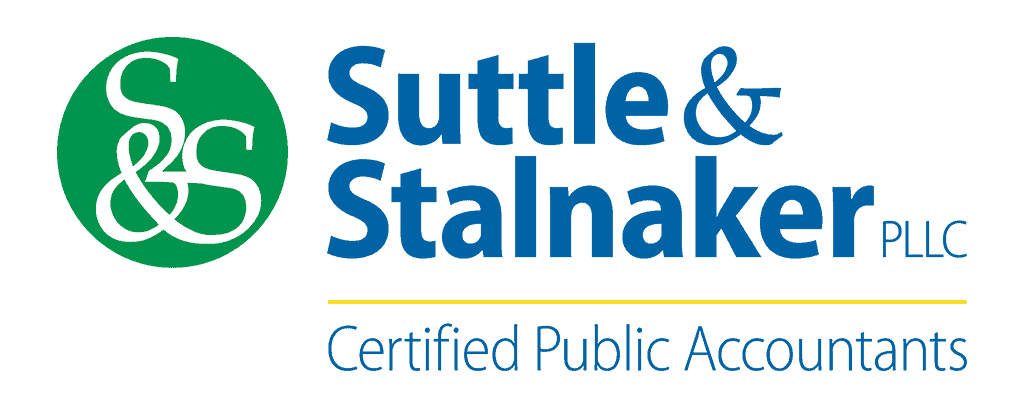W-2s serve the important function of giving an employee a record of their taxable earnings, as well as the federal and state taxes that were withheld by their employer on their behalf. W-2 forms are familiar to most people and are a well-known part of payroll and an individual’s Form 1040 tax preparation. Many believe that preparing W-2s is a formality that can be done at any time with the simple press of a button, but such a belief is dangerous and could result in incorrect W-2s being issued.
What are common errors on W-2?
- Not including payments to employees paid by gift card or cash
- Not including taxable noncash fringe benefits (described below)
- Not properly reporting FFCRA qualified sick-leave and family leave (also known as Covid sick pay), either on W-2 or separate statement to the employee
- Not properly including Third Party Sick Pay (Disability) payments
- Misclassifying employees as independent contractors and not issuing them a W-2
- Not issuing a W-2 at all because you didn’t get a completed W-4 from an employee before they left employment (always get this prior to the first payroll!)
- Incorrect or missing employee mailing addresses (make sure you get updated addresses if current or former employees move)
- Incorrect or missing social security numbers
- W-2s do not agree to quarterly Form 941s that were filed
- Improperly reporting 401k, health savings account, dependent care, and flexible spending account employee deferrals
- Not issuing W-2s to eligible household employees
Read on for questions and answers that address common misconceptions surrounding W-2 forms.
Who gets a W-2?
All employees should receive a W-2. This applies to both full-time and part-time employees, regardless of whether you are paid a salary or on an hourly basis. This includes owner-employees of S-Corporations and C-Corporations (shareholders performing services). And this generally includes Household Employees*. W-2s are commonly mailed, either directly to employees at their homes, or to the employer to pass out to employees. In many cases, employees have direct access to W-2s electronically through an online portal. The due date for providing employee copies of W-2s is January 31st.
Who does not get a W-2?
Independent contractors and self-employed individuals do not receive W-2s. Instead, they should receive a 1099. (Use caution classifying an individual as an independent contractor and review the IRS guidance). Self-employed individuals include Sole Proprietors and Partners in a Partnership or LLC.
* W-2s are not required for household employees who were paid less than $2,300 and had no federal or state income tax withholdings.
What information do I need to complete W-2s?
It is not advisable to rush to prepare W-2s without doing your due diligence first. For complete and accurate preparation of W-2s, an employer or payroll service provider should wait until:
- after the completion of the final payroll of the year (including all company employees and bonuses),
- after deciding if Covid sick pay applies, and if it will be reported on the W-2 or on a separate statement to the employees,
- after determining if there are any additional noncash compensation items that apply, and
- after the completion of all other payroll tax forms for the year (example: Form 941 Employer’s Quarterly Federal Tax Return.)
What is included on a W-2?
In addition to compensation paid to employees regularly on payday, there may be other less obvious compensation required to be added before preparing W-2 forms. The following are common forms of compensation reported on W-2s:
- Regular wages
- Tips
- Bonuses, gifts, gift cards, and cash given to employees (generally any payments to an employee, regardless of the form it takes, is taxable income that should be included on their W-2)
- Taxable noncash fringe benefits:
- Group Term Life insurance over $50k (a portion of the premiums paid by the company are taxable)
- Personal Use of Business Vehicle (if employees drive company vehicles, don’t miss this)
- Health Insurance premiums paid by the company for >5% owners of S-Corporations**
- Third Party Sick Pay (if employees are receiving disability payments through a company-sponsored plan, this probably applies)
- Families First Coronavirus Response Act (FFCRA) qualified sick-leave wages and qualified family-leave wages
What is excluded from a W-2?
- Expense reimbursements paid to an employee
- Shareholder distributions paid to an S-Corporation owner-employee
- Owner draws paid to a self-employed individual
- Group health insurance premiums paid by employer (unless >5% S Corporation shareholder**)
- Company contributions to 401k plan
Whether you’re an employee waiting for your W-2 from your employer…or an employer waiting for your W-2s from your Office Manager, CPA firm or payroll service…remember that it can be a more involved process than you may have once thought. Because of their importance in personal Income Tax filing, a complete and accurate W-2 is worth the wait.
Call on our Client Accounting and Advisory Service experts for outsourcing your W-2 preparation needs.
